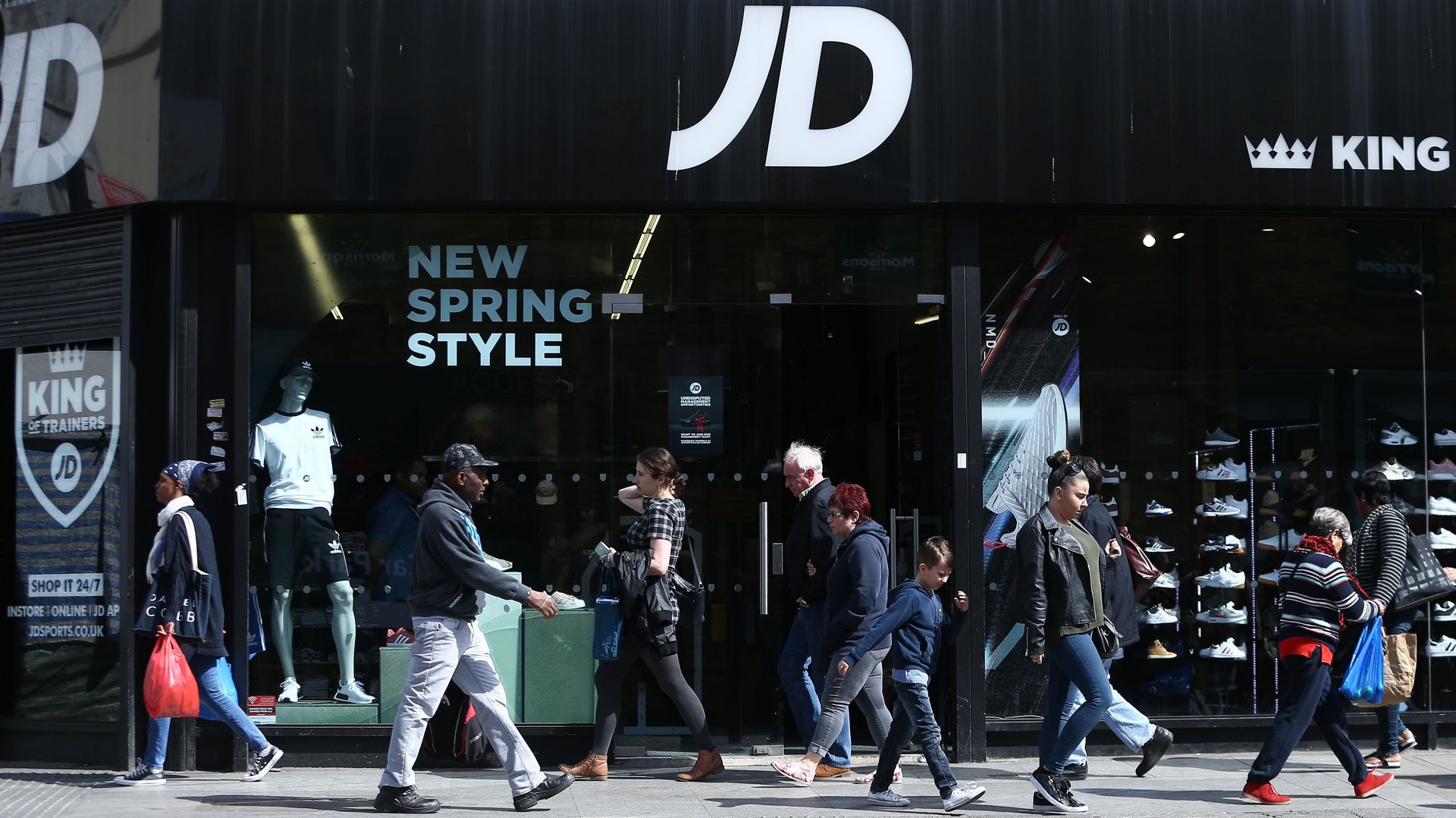The UK’s biggest sportswear retailer is being broken up
JD Sports is being forced to walk back its Footasylum acquisition.


JD Sports is being forced to walk back its Footasylum acquisition.
In April 2019, JD Sports, Britain’s biggest sportswear retailer, acquired rival Footasylum in a £90 million ($122 million) deal. However, the takeover sent alarm bells ringing and within months, the Competition and Markets Authority (CMA) started scrutinizing the acquisition for competition problems. JD Sports was barred from integrating the two companies pending the review (pdf).
Today (Nov. 4), the UK’s antitrust regulator concluded that the JD Sports must sell Footasylum because the merger between the two could lead to a substantial reduction in competition and a worse deal for Footasylum’s customers.
“We strongly believe shoppers could suffer if Footasylum stopped having to compete with JD Sports,” Kip Meek, chair of the CMA inquiry group, said. “It is likely they would pay more for less choice, worse service and lower quality.”
CMA will oversee the sale and approve the purchaser to ensure that Footasylum will be run as a fully independent competitor.
JD Sports executive chairperson Peter Cowgill, meanwhile, called the order “inexplicable” and “deeply troubling.” He had earlier urged the government body to clear the deal so JD Sports could “invest in Footasylum and work with its management team to increase the quality, range and choice of products available to its consumers, which will bring wider benefits to a UK high street decimated by high-profile closures.”
The JD Sports and Footasylum rivalry is good for business
The CMA had earlier blocked the merger in May 2020, but JD Sports appealed, alleging that CMA had failed to gather enough information regarding the impact of the pandemic and of the rising popularity of single-brand retail channels like Nike and Adidas.
But even after another round of digging, the CMA arrived at the same decision: JD Sports must let Footasylum go.
The authorities argue the two sporting goods retailers, who sell both online and offline in the UK, are very close substitutes. Over half of the online shoppers surveyed by the CMA said they would go to JD Sports if they were unable to shop at Footasylum for clothing, while 43% said they would the make the switch if they could no longer buy footwear from Footasylum.
Despite growing competition from Nike and Adidas, “JD Sports is by far and away the closest alternative for shoppers at Footasylum,” the investigation also revealed.
Moreover, the success of standalone sporting brands and covid crippling consumer sentiment and spending won’t handicap Footasylum. It will “remain in good financial health,” the report said. Its number of stores, revenues, and profits all grew after the pandemic.
It also helps that suppliers still see the two retailers as distinct entities. Nike and Adidas, for instance, told the authorities they continue to treat Footasylum independently from JD Sports under their distribution policies and in terms of product allocation, according to a provisional report of the probe’s findings from September.